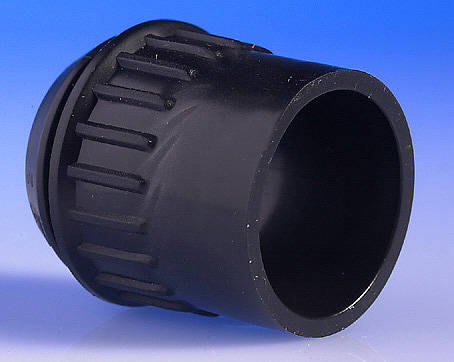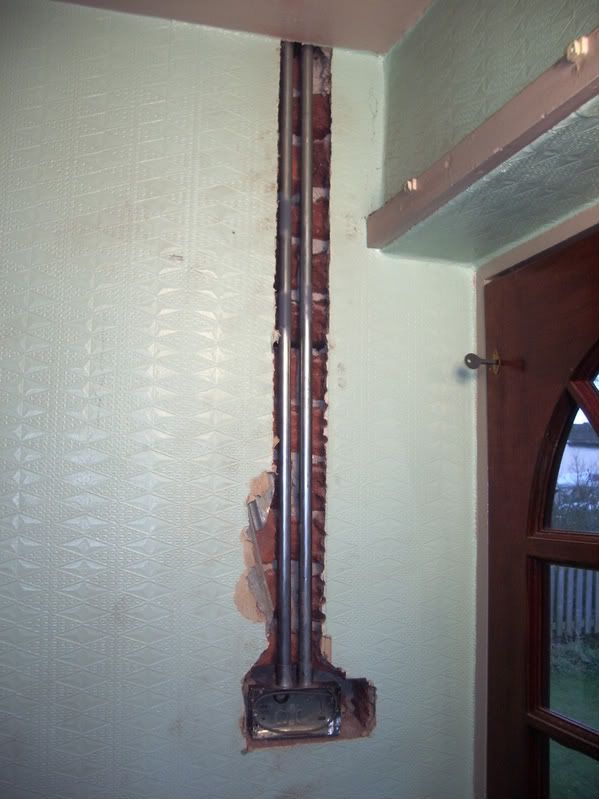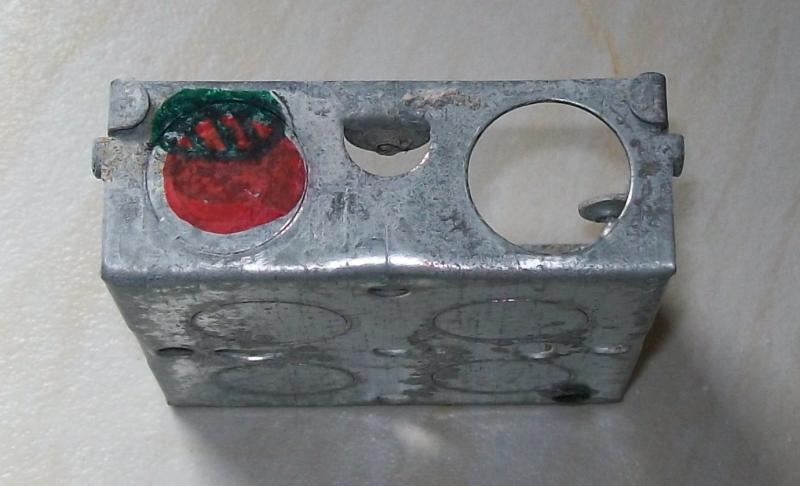It protects against damage from the plasterers trowel.
Fair point
You can pull a new cable through without destroying the whole wall.
I thought that might be one - and it is the way my father taught me to do it.
So what is considered "correct" when you get to the backbox then ? Granted I've very limited experience*, but I have never seen a professional job where the conduit actually goes into the box. In every case, the conduit has stopped short (or had the back nicked out) so the cable can be dog-legged to reach a convenient hole in the box - I guess making a suitable hole in the box is too time consuming (why don't they come with the right knockouts ?). As such, typically the last inch of cable is plastered in (and not protected from plasterer's trowel - but they should recognise the presence of the box !) and even if it wasn't, the dog-leg prevents the cable being replaced.
Plus, in my new house, the joints have been put so close to the wall that access behind them is completely impractical.
As it happens, I wanted to pull a (phone) cable out as I want to re-arange where things go. I hacked out above the backbox a bit till I had access to the end of the conduit, and tried pushing my rods up - thinking I could push them up till the end appeared at the top of the joist and attach a draw wire. They went one metre up then stopped dead - absolutely solid dead.
I've since managed to peek a view at the top end with a mirror and the top end is shared with the wire to the door bell push. I assume there's a gap in the middle where the bell wire comes out and it's been filled with plaster. I suppose it's only one more hole to dig out to get access - but at the moment I seem to be digging holes faster than I'm filling them

I wonder if the builder and the sparky he employed all wore stetsons - from this (and previous things I've found) I reckon they had to be cowboys.
* Handful of houses, and being involved in a couple of building projects through work - I'm in IT so get involved with the data cabling.






